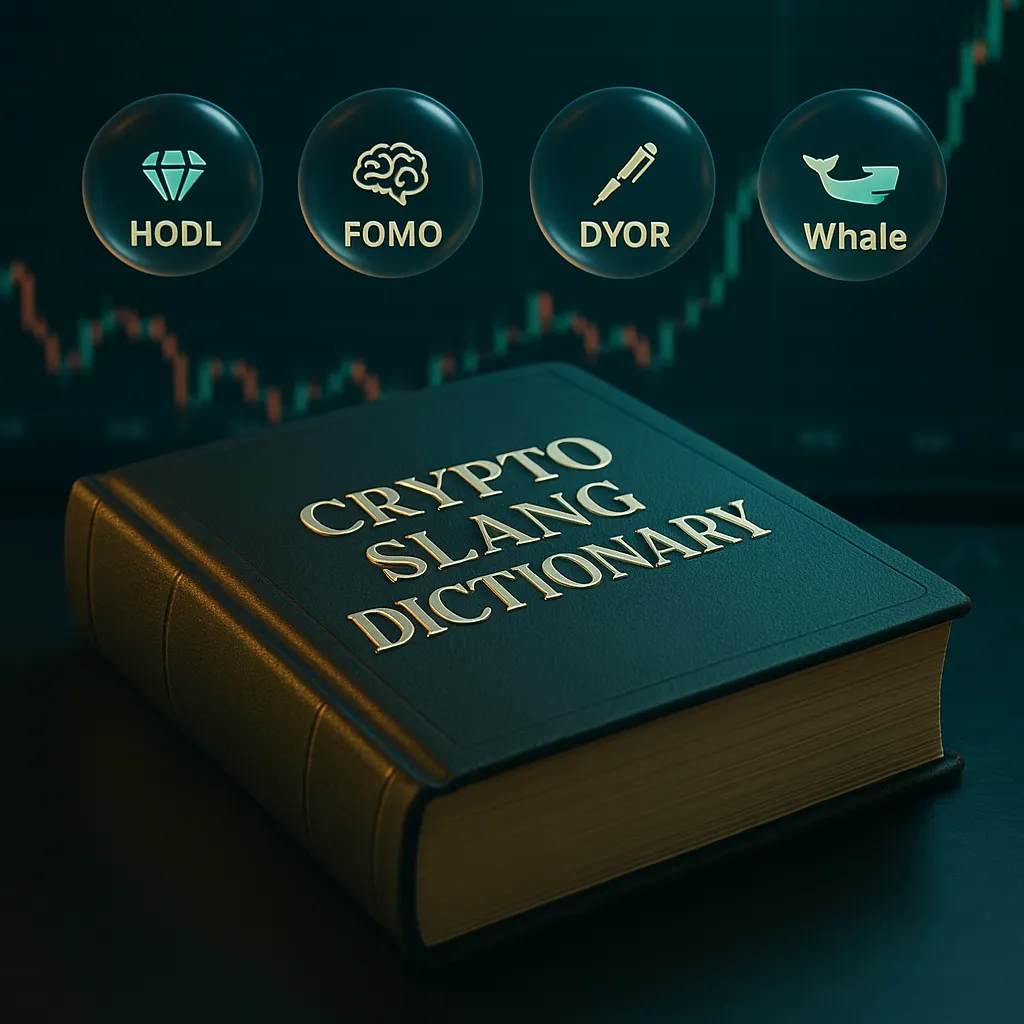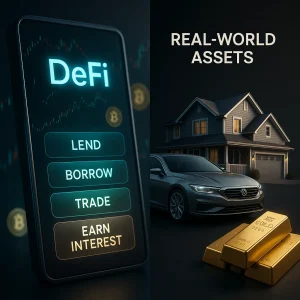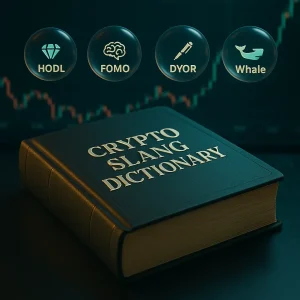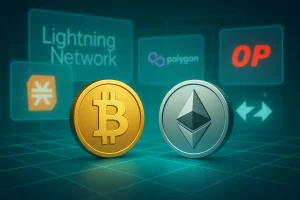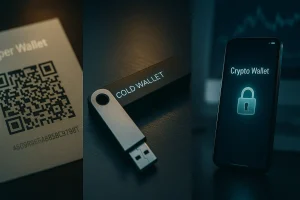💸 The Evolution of DeFi: From Yield Farming Chaos to Real-World Power Plays

Get Breaking News First!
Editor’s choice
DeFi started as a way to farm magical internet money. But in 2025, it’s underwriting real estate, powering cross-border payments, and moving into the kind of finance your TradFi uncle might actually respect.
Yield-chasing might’ve launched the sector, but the new wave of DeFi is about efficiency, access, and plugging real-world assets into an unstoppable backend.
Here’s what traders need to know.
Join our community of 400K+ and never miss breaking news!
We respect and protect your privacy. By subscribing your info will be subject to our privacy policy . Unsubscribe easily at any time
From Yield Farming to Real Finance

Back in 2020, DeFi was chaos in a shiny wrapper. Platforms promised sky-high returns, sometimes 10,000%+, and traders piled in hoping to strike digital gold — only to watch projects vanish overnight.
Fast-forward to 2025, and the space has grown up. DeFi isn’t chasing hype anymore; it’s chasing real utility.
We’re seeing stablecoins power real-time payments, on-chain credit scoring, and DeFi platforms that fund small-business loans across the globe.
Builders have finally shifted focus from emissions to infrastructure — from printing rewards to powering real economies.
In fact, the top passive income strategies now involve treasury-backed vaults, staked RWAs, and permissioned pools with real yield. How the tables are turning 🤷♂️
Even lending has leveled up.
Instead of crypto loans backed by oversized collateral, DeFi projects now use real assets — like invoices, salaries, and credit scores — to back loans.
In places like Latin America and Africa, local lenders are already using DeFi payment rails to give people dollar loans that are faster, cheaper, and more transparent than banks.
Yield now comes from real economic activity—not Ponzinomics.
Tokenization is the Killer App
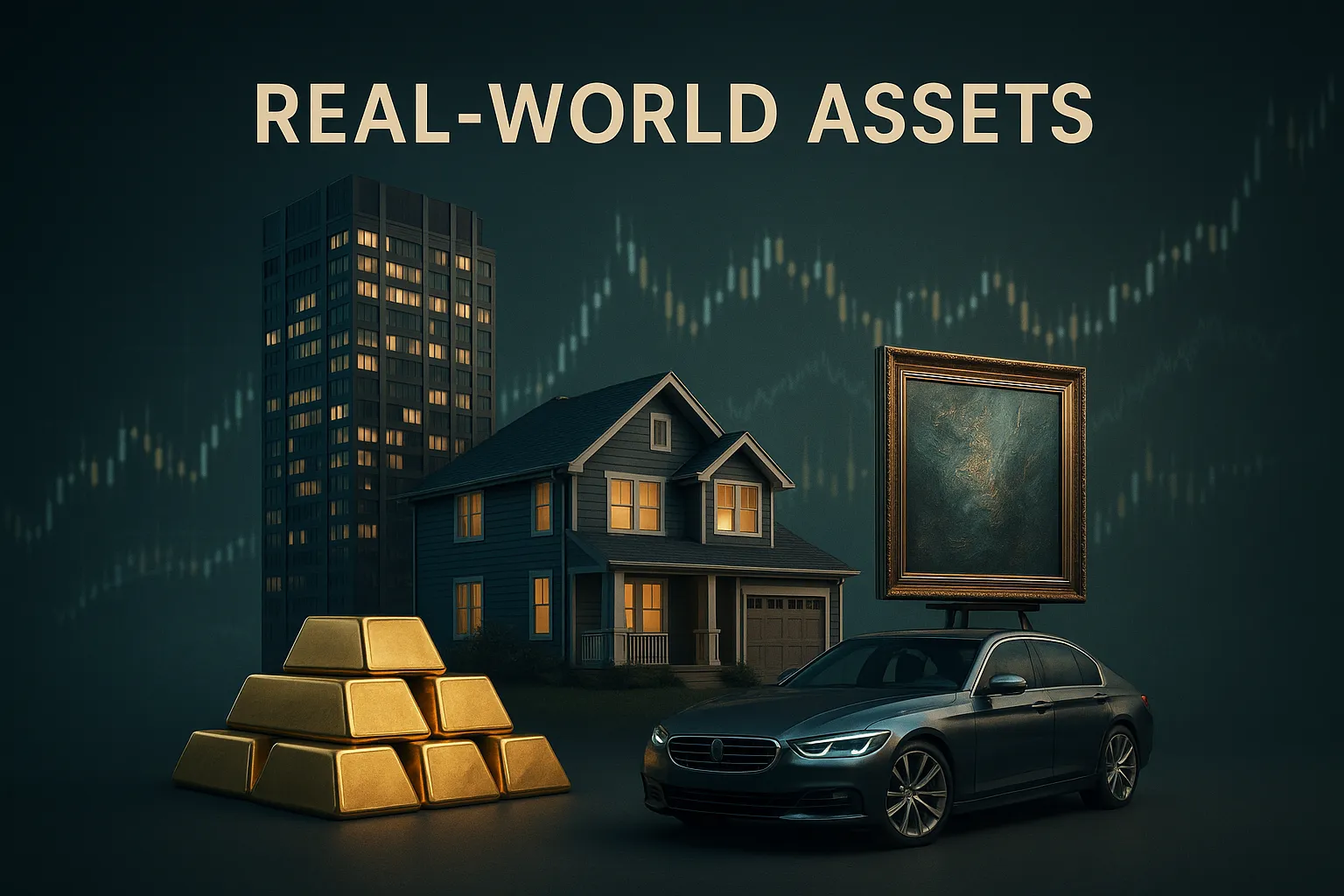
Real-world assets (RWAs) are the big unlock for DeFi — the bridge between crypto and traditional finance.
Over $22 billion in tokenized assets are already live in 2025, from U.S. Treasuries and real estate to private equity, carbon credits, and fine art.
This isn’t hypothetical. Galaxy Digital tokenized its own shares. Nasdaq filed to offer tokenized securities. Wall Street isn’t fighting crypto anymore, it’s quietly building on it. Real-World Asset Tokens Explained lays it out.
Tokenization makes assets programmable, fractional, and liquid 24/7.
You can literally own a slice of a Manhattan condo, use it as collateral for a stablecoin loan, and never touch a bank.
Join our community of 400K+ and never miss breaking news!
We respect and protect your privacy. By subscribing your info will be subject to our privacy policy . Unsubscribe easily at any time
Everything, from custody and compliance, to yield, now happens on-chain, with big institutions testing the waters through permissioned DeFi.
DEXTools, Infrastructure, and What Comes Next

DEXTools isn’t just for chasing memecoins anymore.
It’s evolving into the Bloomberg of DeFi — a dashboard for finding real projects, tracking liquidity, and spotting where the next big move is happening.
Now you can see tokenized assets, lending platforms, and yield opportunities in one place, no spreadsheets, no chaos. Wallet integrations make trading and tracking effortless.
DeFi itself is getting easier, too.
Cleaner apps, mobile-first platforms, and AI assistants are cutting out the complexity. Soon, users won’t even realize they’re using “DeFi” — it’ll just work.
Next up: DeFi hidden inside everyday apps.
Imagine Venmo running on tokenized treasuries, or a robo-advisor that quietly invests in real-world assets and staked ETH — all automated, no tech talk required.
Regulation is Finally Warming Up
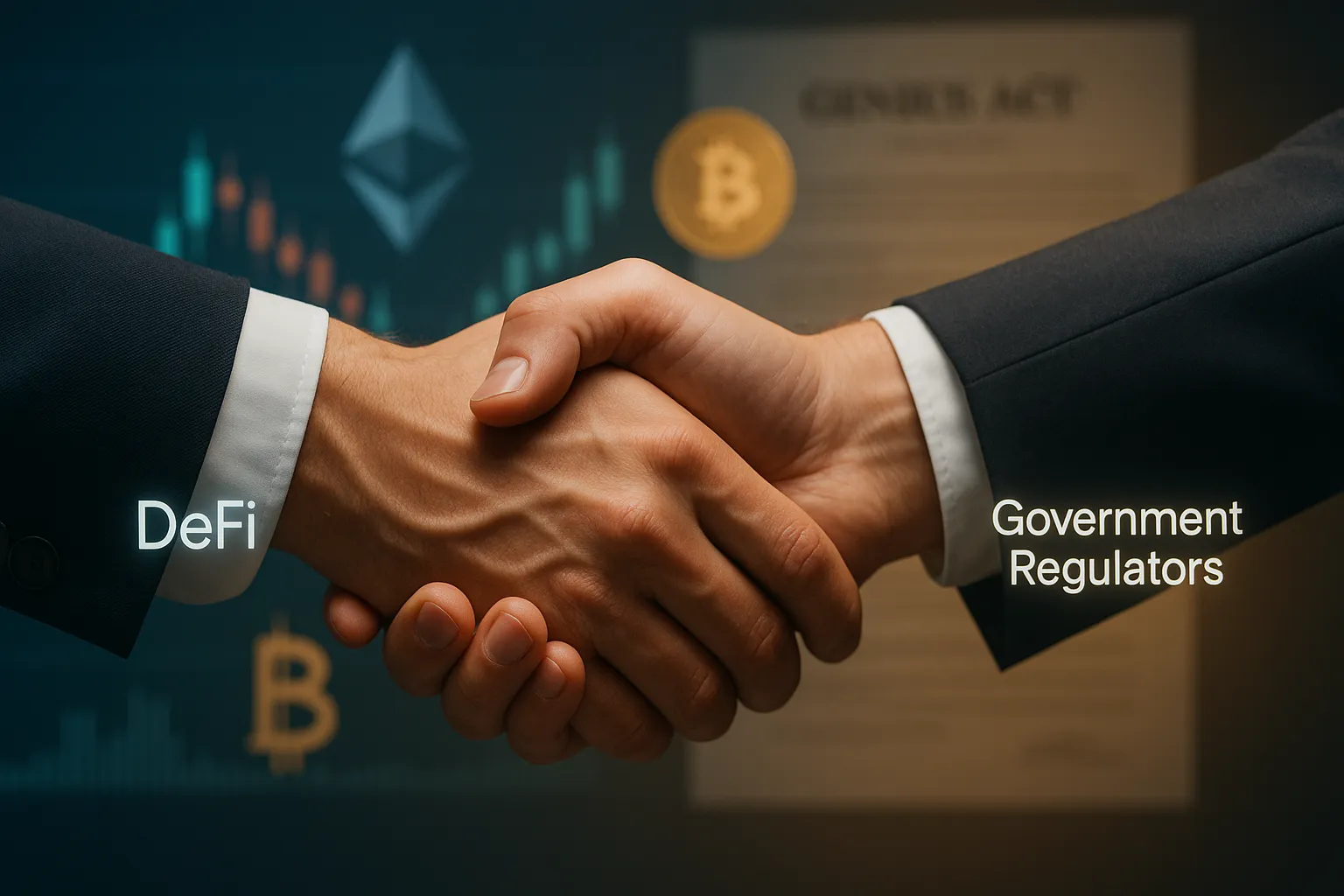
After years of tug-of-war, regulators are finally joining the DeFi table.
In the U.S., the Genius Act is giving stablecoins legit rules to play by, while the SEC’s Project Crypto is carving space for tokenized assets and on-chain finance. Over in Europe and Asia, things are moving even faster — frameworks are live, licenses are real, and regulators actually get it.
We’re moving from pirate ports to permissioned harbors.
What’s different in 2025 is the cooperation. Regulators aren’t just reacting—they’re designing. Sandbox frameworks, digital identity rails, and stablecoin reserves audits are being standardized. Jurisdictions like Singapore and the UAE are offering fast-track licensing for RWA platforms.
What it all adds up to is a split market. You’ll have open DeFi for the native crowd and regulated DeFi for institutions. And those who would win in 2025 are traders who can move between both.
The Bottom Line
DeFi’s new frontier isn’t another fork with higher emissions. It’s tokenizing finance itself. If you’re still thinking about yield farms and meme pools, you’re already behind.
Stay sharp. Subscribe to our weekly newsletter and join 20,000+ pro traders in our global Telegram for real-time alpha.


